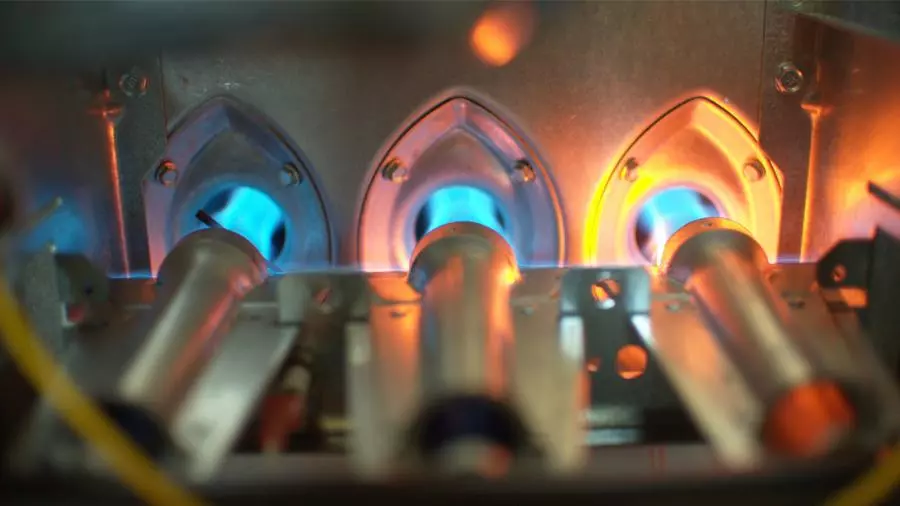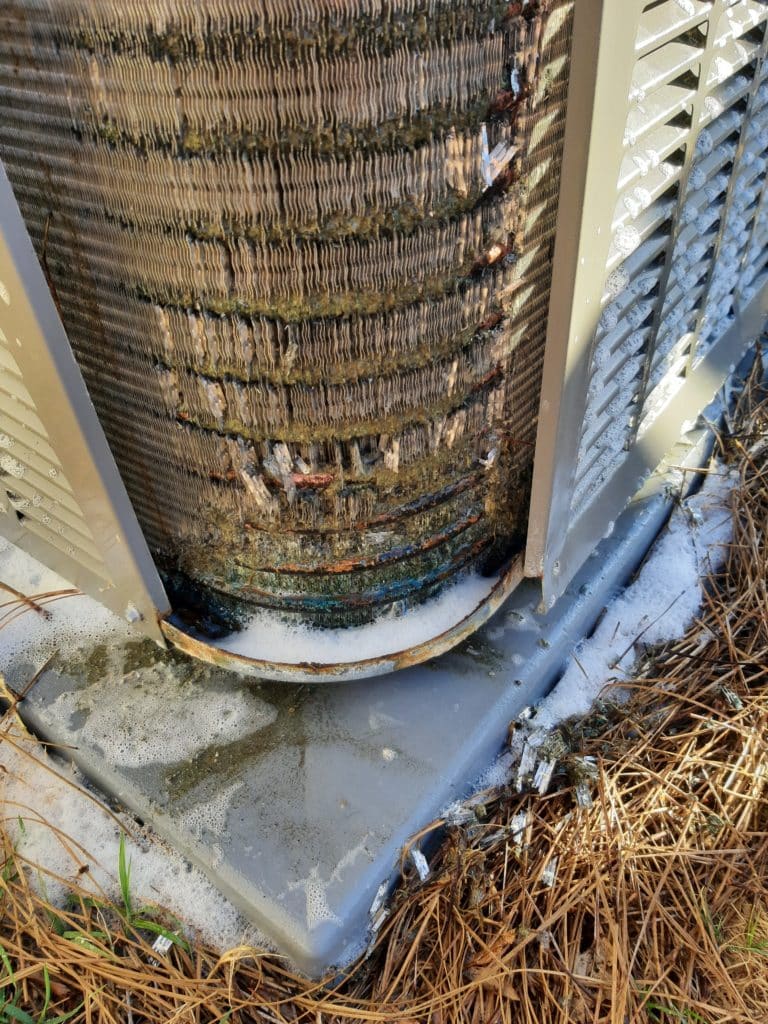Your furnace is a controlled fire burning in your home.
Before you let that scare you, let’s talk about the amazing safety features your furnace has to keep you safe while it keeps you warm!
There are five safety features some furnaces have that are important to learn about:
High Temperature Limit Control
Flame Rollout Sensor
Do you know the three ingredients of fire?

Oxygen, heat, and fuel! In order to make your home warm and cozy, your furnace starts a fire in a fire box by using these three ingredients. The gas valve releases raw gas to serve as the fuel. This gas in the fire box comes in contact with the heat source. Depending on your unit, this would either be a pilot light, a hot surface ignitor, or a spark ignitor. When the gas and heat source meet, they use any available oxygen while in the fire box to ignite a fire. This fire is supposed to stay in the fire box, where it’s safely contained and can provide your furnace with warmth. If there’s not enough oxygen for combustion, however, the flame will “roll” out of the furnace in search of the oxygen it needs! Your Flame Rollout Sensor senses when the flame leaves the furnace, and it tells your heating system to shut off the furnace.
What happens when the Flame Rollout Sensor isn’t working right? If this sensor malfunctions, the flame might catch the floor joists, nearby walls, or attic trusses on fire!
Recommended: “The Silent Killer Hiding in Your Home”
Flame Proving Sensor

Remember when we talked about how the gas valve releases raw gas into the fire box? Your furnace may also be equipped with a Flame Proving Sensor, which detects when there’s a flame in the fire box. If it detects a flame, it allows the gas valve to stay open and continue releasing gas to keep the fire alive. When it doesn’t detect a flame, it shuts off the gas valve.
What happens when your Flame Proving Sensor isn’t working right? If this sensor malfunctions, it continues to allow raw gas into the combustion chamber without a flame actively using it up. If this happens, even a small spark on that much gas can cause a huge explosion.
High Temperature Limit Control

In order to heat your home, your furnace has got to get really hot. Of course, there’s a limit to how hot your furnace should get though! Your furnace comes equipped with a High Temperature Limit Control, which has a set limit of how high the temperature of the furnace is allowed to get. If your furnace exceeds this limit, the High Temperature Limit Control shuts off your system.
What happens when the High Temperature Limit Control isn’t working right?
If this control malfunctions, it could burn out your heating system. This can cause one of two problems: either there will be too much heat and you’ll end up with damage to your fire box, or you won’t have enough heat in your home because your unit keeps shutting off. When this happens, you’ll need to call a professional to fix your unit.
Recommended: “Why Your Furnace Is Blowing Cold Air”
Flue Exhaust Pressure Sensor
In order for your furnace to safely ignite, it has to do a couple things. It’s gotta provide the proper amount of combustion air to the gas and flame, and it has to make sure there are no blockages in this process. Basically, it makes sure the inducer motor (it’s like a fan) is pulling smoke through the heat exchanger and pushing it through the flue so it can escape your home. If there are no blockages, the sensor will let your unit know it’s ok to turn on the gas and ignitor. If there’s a blockage, your furnace won’t turn on.
Did you know? Your inducer motor has a short lifespan. They usually only last between 8-10 years, so it’s important to get it checked every year!
What happens if the Flue Exhaust Pressure Sensor isn’t working right? If this sensor malfunctions, your unit won’t be able to turn on and you’ll need to call out a professional to fix it.
Fan Limit Sensor
In order to bring heat into your home, your furnace uses a type of fan called a blower to blow air over the heat exchanger. If the blower stops working or isn’t providing enough airflow over the heat exchanger, your Fan Limit Sensor will shut off the furnace.
What happens if the Fan Limit Sensor isn’t working right? If this sensor malfunctions, your heat exchanger will continue to get really hot and won’t have the air from a fan to push heat away from it. This means your heat exchanger would get red hot, which could allow cracks and splits in the steel. A crack in your heat exchanger is dangerous because it can allow carbon monoxide into your home!
Related: “Do You Have a Crack in Your Heat Exchanger?”
Staying Safe and Warm
When things start getting cold in the Carolinas, a furnace is a fantastic way to keep your family warm and cozy! We know all of this can make them sound a little scary, but don’t worry! These sensors and controls are meant to keep your family safe. The best thing you can do for your furnace is schedule a Safety Check to make sure all your furnace’s safety features are in great shape to last the winter ahead! They will also check to make sure your furnace isn’t blowing cold air. Each of our technicians is a certified safety expert, and when you schedule service, your tech will check out everything super thoroughly. We don’t take shortcuts, especially when it comes to your family’s safety. You deserve to stay safe and warm this winter!







